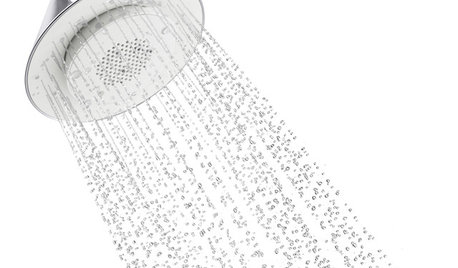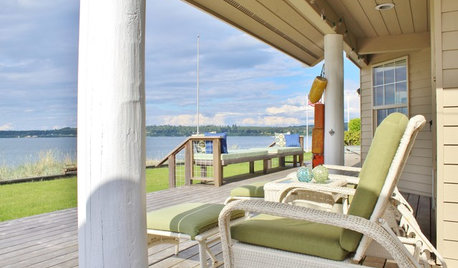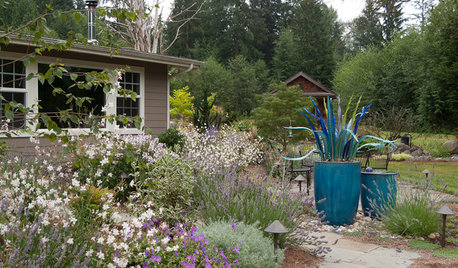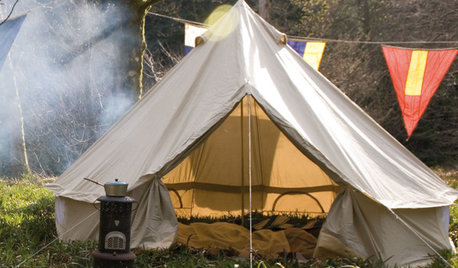Is deadheading as easy as it sounds?
annewaldron
18 years ago
Related Stories

SHOP HOUZZShop Houzz: Sleep Soundly Bed and Mattress Sale
Rest easy with up to 75% off bedroom basics
Full Story
BACKYARD IDEASTake a Peek: A Peaceful Backyard Near Puget Sound
Behind a screen of bamboo trees, discover a peaceful garden retreat in the Pacific Northwest
Full Story
HOME TECHWhat Chipotle and Radiohead Can Teach Us About Sound Quality at Home
Contemporary designs filled with glass and concrete can be hostile environments for great sound quality. Here's how to fix that
Full Story
HOME TECH3 Shower Sound Systems That Beat Your Clunky Old Radio
Stream music, radio and podcasts — and even take phone calls — right in your shower, with wireless and water-resistant sound systems
Full Story
MORE ROOMSHome Tech: Getting Rid of Wires Without Sacrificing Sound
Wireless home technology still isn't perfect, but new products are giving audiophiles choices
Full Story
HOUSEKEEPINGWhat's That Sound? 9 Home Noises and How to Fix Them
Bumps and thumps might be driving you crazy, but they also might mean big trouble. We give you the lowdown and which pro to call for help
Full Story
HOME TECHTote Your Tunes to Any Room With a Portable Wi-Fi Sound System
Free your home's music setup from wires with Wi-Fi speakers that let you take high-quality audio anywhere
Full Story
HOUZZ TOURSMy Houzz: Beachy Tranquillity and Togetherness on Puget Sound
Easygoing style and a peaceful palette create a welcoming waterfront home for a family
Full Story
GARDENING GUIDES5 Easy Plants for a Romantic Entry Garden
Abundant flowers, a heady fragrance and striking foliage combine for a romantic front-yard garden that's deceptively low maintenance
Full Story
GARDENING AND LANDSCAPINGDiscover the Easy Adventure of Backyard Camping
Enjoy all of the thrills with none of the 'Are we there yet?' when you transform your backyard into a lively campground
Full Story





Judy_B_ON
annewaldronOriginal Author
Related Professionals
Maple Valley Landscape Architects & Landscape Designers · Suffern Landscape Architects & Landscape Designers · Columbine Landscape Contractors · Kahului Landscape Contractors · Kaneohe Landscape Contractors · North Lauderdale Landscape Contractors · Parkland Landscape Contractors · Saint Paul Landscape Contractors · West Haverstraw Landscape Contractors · Goldenrod Landscape Contractors · San Antonio Window Contractors · Hammond Window Contractors · Oviedo Window Contractors · Westchester Window Contractors · Hialeah Gardens Window Contractorstapla (mid-Michigan, USDA z5b-6a)
rhizo_1 (North AL) zone 7
annewaldronOriginal Author
tapla (mid-Michigan, USDA z5b-6a)
annewaldronOriginal Author
rhizo_1 (North AL) zone 7
annewaldronOriginal Author
creatrix
tapla (mid-Michigan, USDA z5b-6a)
meldy_nva
Burnet
Judy_B_ON
annewaldronOriginal Author
dzfrancey_sympatico_ca